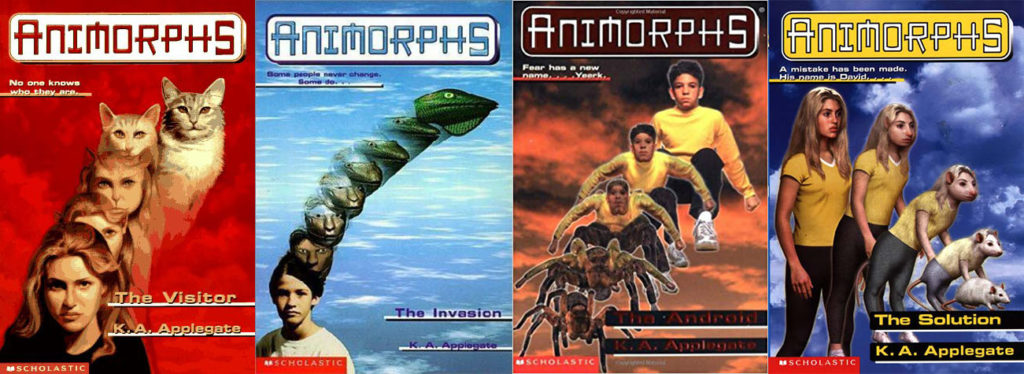We’re away until January 6, but we’re reposting some of our favorite pieces from 2019. Enjoy your holiday!
How do I convey the overflowing surplus of books in the nineties? They had their own aisle in every supermarket and spilled over into the checkout lane so you could impulse-buy them along with gum and nail clippers. Their pages were off-white and delicate as Pringles, their covers so shiny they were almost slimy, and they became polka-dotted by your fingerprints as soon as you touched them. They weighed, and cost, approximately nothing.
What were they about? What weren’t they about? There was a tie-in novelization of every Hollywood movie, plus one tie-in novelization of a tie-in TV show of a Hollywood movie. There was an extremely pink series in which Mary-Kate and Ashley Olsen solved low-stakes mysteries (fictional, presumably, though it wasn’t totally clear). There was a ubiquitous best seller that was just two hundred pages of a little boy being brutalized by his sadistic and increasingly creative mother; then there was a sequel, and another sequel. “You insatiable little book-suckers,” the publishing industry sneered, chucking chicken soup at a dozen newly identified subtypes of soul, “you’ll read anything, won’t you?”
For children’s books in particular it was an era of quantity over quality, an unremitting glut. In those pre–Harry Potter days, a typical “series” meant hundreds of books churned out on a monthly basis by teams of frantic ghostwriters. You could order them by the pound. Often they came with a free bracelet or trinket, as if resorting to bribery. There were 181 Sweet Valley High books, 233 Goosebumps books, and so many Baby-Sitters Club books that their publisher, Scholastic, has never made the full number public (by my count it was at least 345 if you include all the spin-offs)—and they were all, to a certain degree, disposable crap.
But then there was Animorphs.
from The Paris Review https://ift.tt/2ELw3OX

Comments
Post a Comment